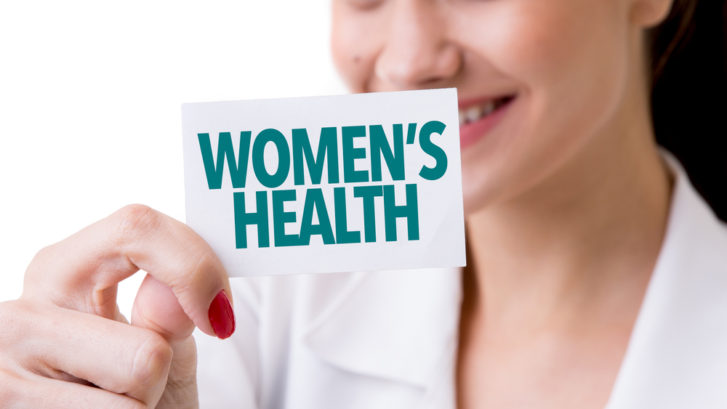Fourth of July Safety Tips
What would the Fourth of July be without a picnic, possibly with a big family-and-friends cookout, topped off at dusk with celebratory fireworks? Your concierge family practice doctors at MD 2.0 in Jupiter, Florida, want you to have a happy holiday. We also want you to be safe, which is why we decided this would be a good time to review firework safety basics.










